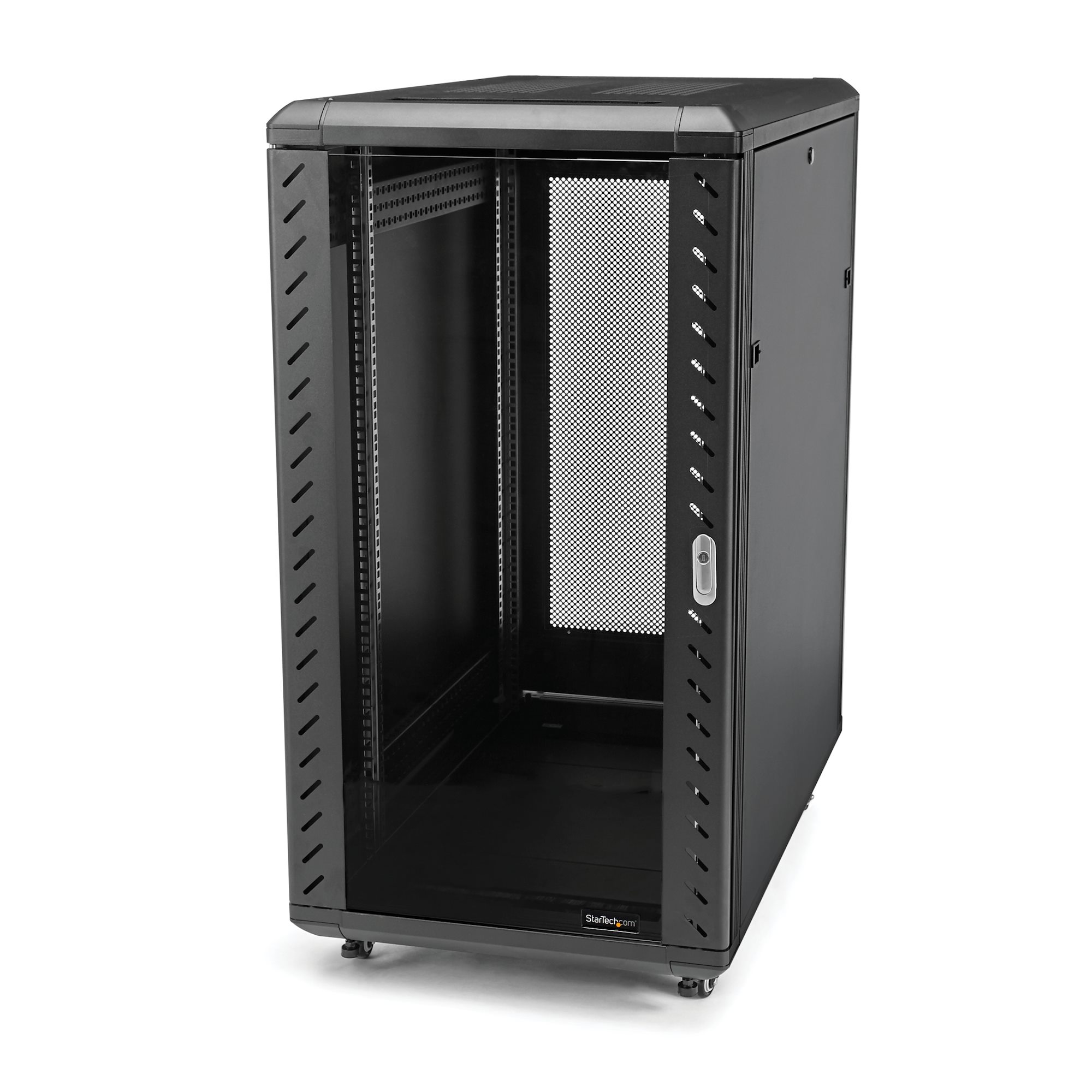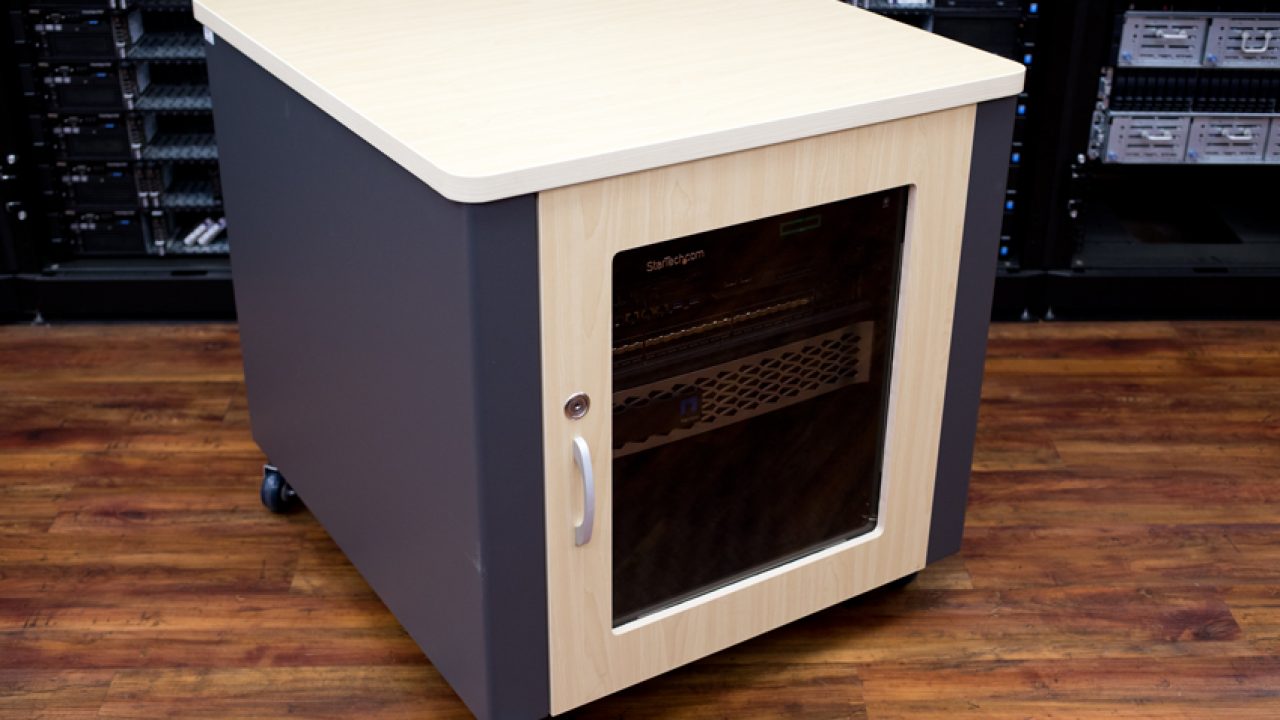Understanding Porter Servers and Storage Cabinets: Porter Server With Storage Cabinet

Porter servers and storage cabinets are essential components in data centers and server rooms, working together to ensure efficient and secure data storage and retrieval. They play a crucial role in managing and protecting valuable data assets, contributing to the smooth operation of IT infrastructure.
Porter Servers
Porter servers are specialized servers designed to facilitate the movement and management of data within a data center or server room. They act as intermediaries between storage cabinets and other network devices, enabling data transfer and storage operations.
The primary function of a porter server is to handle the transfer of data between different storage locations. This process involves reading data from one storage cabinet and writing it to another, ensuring data integrity and availability. Porter servers can be used for various purposes, including:
- Data migration: Moving data from one storage system to another, often for upgrades or consolidation.
- Data backup and recovery: Creating copies of data for disaster recovery purposes, allowing for data restoration in case of failures.
- Data replication: Creating copies of data across multiple locations for increased redundancy and availability.
- Data archiving: Moving older, less frequently accessed data to less expensive storage tiers.
Types of Storage Cabinets
Storage cabinets are crucial components of data centers, providing secure and organized housing for servers, networking equipment, and other IT infrastructure. They offer various benefits, including:
- Physical protection: Cabinets protect equipment from dust, dirt, and other environmental hazards, ensuring optimal performance and longevity.
- Security: Cabinets can be equipped with locks and other security features to prevent unauthorized access and data theft.
- Organization: Cabinets provide a structured environment for organizing and managing equipment, improving efficiency and accessibility.
- Flexibility: Cabinets come in various sizes and configurations, allowing for customization to suit specific needs.
Storage cabinets used with porter servers are specifically designed to accommodate the server’s size and weight, ensuring proper ventilation and cooling. They often feature:
- Rack-mountable design: Allowing the porter server to be securely mounted within the cabinet.
- Integrated power distribution units (PDUs): Providing power outlets for the server and other devices within the cabinet.
- Cooling systems: Ensuring adequate airflow and temperature control for optimal server performance.
- Cable management features: Organizing cables and connections for a neat and efficient setup.
Relationship Between Porter Servers and Storage Cabinets
Porter servers and storage cabinets are interconnected components that work together to optimize data management and storage operations. The server acts as a data mover, facilitating the transfer of data between different storage locations housed within the cabinets.
The storage cabinet provides a secure and organized environment for the porter server, ensuring its proper functioning and protection. The cabinet’s features, such as power distribution, cooling, and cable management, support the server’s operations and enhance data center efficiency.
The relationship between porter servers and storage cabinets is crucial for:
- Data center scalability: Allowing for the efficient expansion of storage capacity by adding more cabinets and servers.
- Data security and integrity: Providing a secure and controlled environment for data storage and transfer.
- Data availability: Ensuring data accessibility and redundancy through data replication and backup capabilities.
Key Features and Benefits

Porter servers with storage cabinets offer a comprehensive solution for managing and storing equipment, providing a combination of functionality and security. These units are designed to streamline workflows, enhance efficiency, and ensure the safekeeping of valuable equipment.
Key Features
The key features of a porter server with a storage cabinet include:
- Secure Storage: The cabinet provides a secure and lockable environment for storing equipment, protecting it from unauthorized access, dust, and other environmental hazards. This is crucial for safeguarding sensitive or valuable equipment, such as laptops, servers, or medical devices.
- Integrated Server Rack: The server rack within the cabinet provides a dedicated space for mounting and organizing servers, network equipment, and other IT components. This ensures proper airflow and ventilation for optimal performance and prevents overheating.
- Convenient Access: The cabinet often features a sliding door or hinged panels, allowing for easy access to the equipment. This simplifies maintenance, troubleshooting, and upgrades, minimizing downtime and ensuring seamless operation.
- Power and Network Connections: Many porter servers with storage cabinets come equipped with power outlets and network connections within the cabinet. This eliminates the need for external wiring and simplifies the installation process, ensuring a clean and organized setup.
- Integrated Monitoring Systems: Some models may include integrated monitoring systems, such as temperature sensors and alarm systems, to provide real-time insights into the cabinet’s environment. This allows for proactive maintenance and early detection of potential issues, ensuring the safety and reliability of the equipment.
- Mobility and Flexibility: Porter servers with storage cabinets are typically designed with casters, allowing for easy movement and relocation. This provides flexibility in positioning the unit within a facility and adapting to changing needs.
Benefits of Using a Porter Server with a Storage Cabinet
Porter servers with storage cabinets offer numerous benefits across various settings:
- Improved Security: The secure storage provided by the cabinet protects equipment from theft, vandalism, and unauthorized access, ensuring the safety of sensitive data and critical assets. This is particularly important in environments where security is paramount, such as hospitals, financial institutions, and government agencies.
- Enhanced Organization and Efficiency: The integrated server rack and storage compartments within the cabinet promote a streamlined and organized setup. This eliminates clutter, simplifies cable management, and improves access to equipment, leading to increased efficiency and productivity.
- Optimized Equipment Performance: The cabinet’s design ensures proper ventilation and airflow, preventing overheating and maximizing the performance of servers and other IT equipment. This extends the lifespan of equipment and reduces maintenance costs.
- Simplified Deployment and Management: The built-in power and network connections simplify the deployment process, reducing the time and effort required to set up equipment. The integrated monitoring systems also facilitate proactive maintenance and management, ensuring optimal performance and reliability.
- Space Optimization: Porter servers with storage cabinets offer a compact and efficient solution for managing equipment, maximizing space utilization in small or crowded areas. This is especially beneficial in environments with limited floor space, such as data centers or offices.
Advantages and Disadvantages
Porter server with storage cabinet – While porter servers with storage cabinets offer significant advantages, it’s important to consider potential drawbacks:
| Advantages | Disadvantages |
|---|---|
| Improved security for equipment and data | Higher initial cost compared to standalone server racks |
| Enhanced organization and efficiency | Limited customization options for specific equipment needs |
| Optimized equipment performance | Potential space limitations for very large or specialized equipment |
| Simplified deployment and management | May require specialized installation and maintenance expertise |
| Space optimization | May not be suitable for all environments or equipment types |
Applications and Use Cases

Porter servers with storage cabinets are versatile tools that find applications across a variety of industries and scenarios. They offer a convenient solution for transporting, storing, and securing sensitive equipment and materials, enhancing efficiency and security in various settings.
Common Industries and Applications, Porter server with storage cabinet
Porter servers with storage cabinets are commonly used in various industries, including:
- Healthcare: Hospitals and clinics utilize porter servers to safely transport medical equipment, pharmaceuticals, and sensitive patient data. The secure storage compartment protects these items from unauthorized access and environmental hazards.
- Education: Schools and universities use porter servers for transporting valuable equipment, such as laptops, projectors, and other teaching aids. The storage cabinet provides a secure and organized space for these items, ensuring their safety and accessibility.
- Hospitality: Hotels and resorts use porter servers for transporting luggage, linen, and other supplies. The storage cabinet helps maintain cleanliness and organization, while also providing a secure space for valuable items.
- Retail: Retail stores use porter servers for transporting merchandise, point-of-sale equipment, and other essential items. The storage cabinet helps ensure the safe and efficient delivery of goods, minimizing damage and theft.
- Manufacturing: Manufacturing facilities use porter servers for transporting tools, parts, and other materials within the plant. The storage cabinet helps maintain order and organization, while also protecting sensitive items from damage and contamination.
Examples of Storage Cabinet Requirements
The specific requirements for a storage cabinet vary depending on the application and the items being stored. Here’s a table illustrating common storage cabinet requirements across different industries:
| Industry | Storage Cabinet Requirements |
|---|---|
| Healthcare | Temperature-controlled compartments for pharmaceuticals, secure storage for medical records, and designated areas for biohazard materials. |
| Education | Lockable compartments for laptops and other electronics, shelves for books and other teaching materials, and a designated area for charging devices. |
| Hospitality | Lockable compartments for guest valuables, shelves for linen and towels, and a designated area for cleaning supplies. |
| Retail | Lockable compartments for cash and credit card processing equipment, shelves for merchandise, and a designated area for receipts and other documents. |
| Manufacturing | Lockable compartments for tools and equipment, shelves for parts and materials, and a designated area for hazardous materials. |
Real-World Examples of Effective Implementation
- Hospital: A hospital uses a porter server with a storage cabinet to transport medical equipment, such as ventilators and defibrillators, to different wards. The storage cabinet ensures the equipment remains sterile and protected from contamination during transport.
- School: A school uses a porter server with a storage cabinet to transport laptops and other electronics to classrooms for student use. The storage cabinet provides a secure and organized space for these items, ensuring they are readily available for lessons.
- Hotel: A hotel uses a porter server with a storage cabinet to transport luggage and other guest belongings to their rooms. The storage cabinet provides a secure space for valuable items, giving guests peace of mind.
The porter server, with its sleek storage cabinet, whispers of a quiet efficiency. A similar practicality echoes in the realm of bedroom organization, where cabinets for storage in bedroom transform chaos into serenity. Just as the server’s cabinet safeguards valuable data, these bedroom cabinets hold the secrets of a well-ordered life, their smooth surfaces reflecting the tranquility within.
A porter server with a storage cabinet offers a clean, organized solution for managing your IT equipment. For the cabinet itself, consider the Ameriwood Systembuild Single Door Storage Cabinet – its sturdy construction and ample space make it ideal for housing servers, network equipment, and other tech essentials.
This ensures a secure and easily accessible environment for your server and its associated components, minimizing the clutter and maximizing efficiency in your workspace.